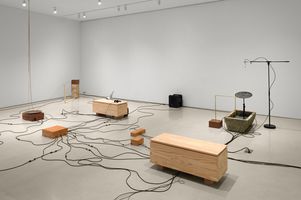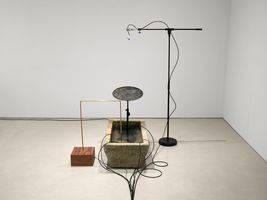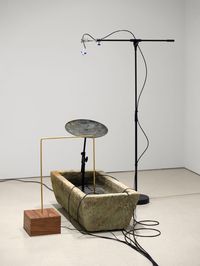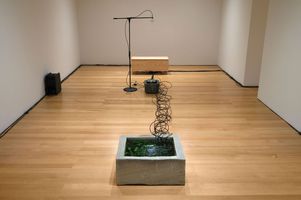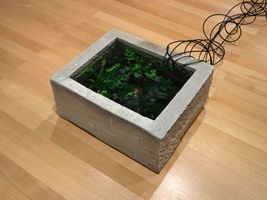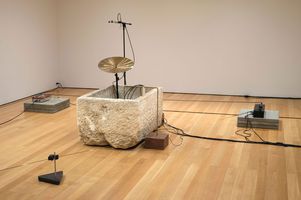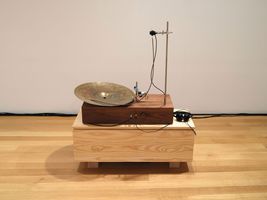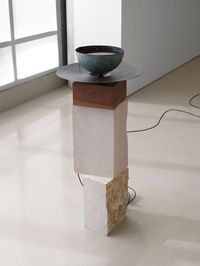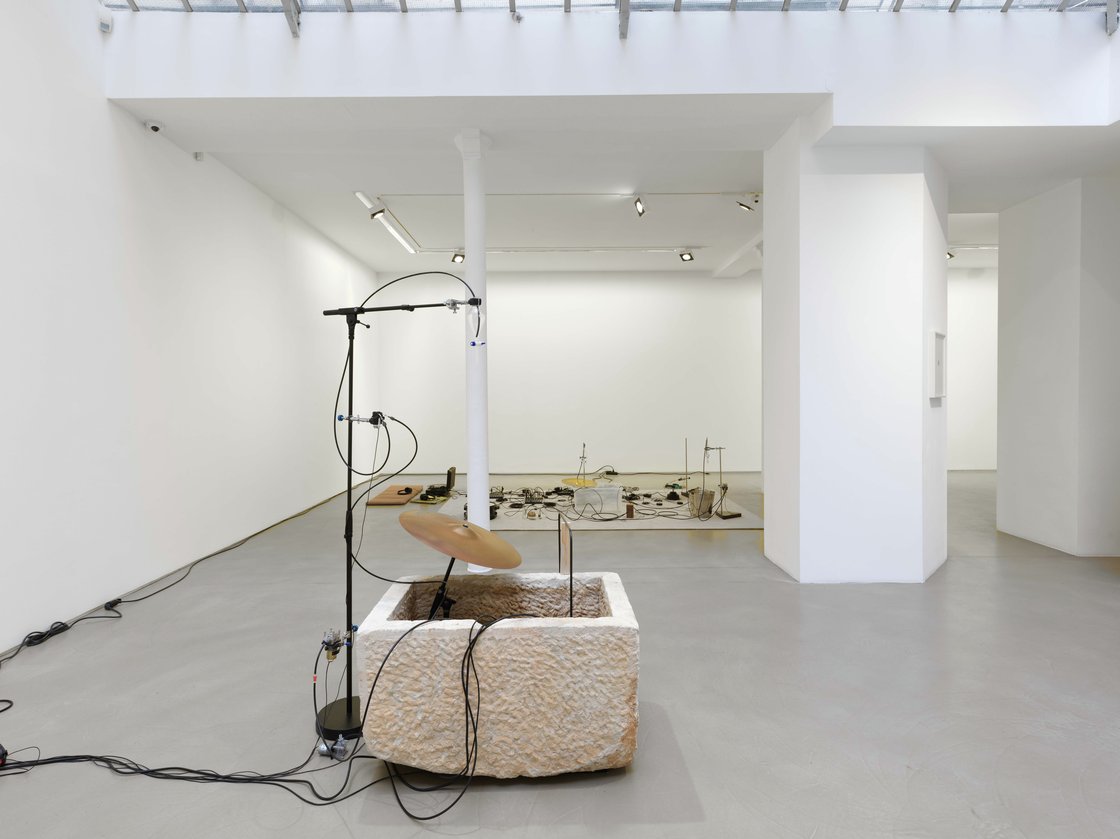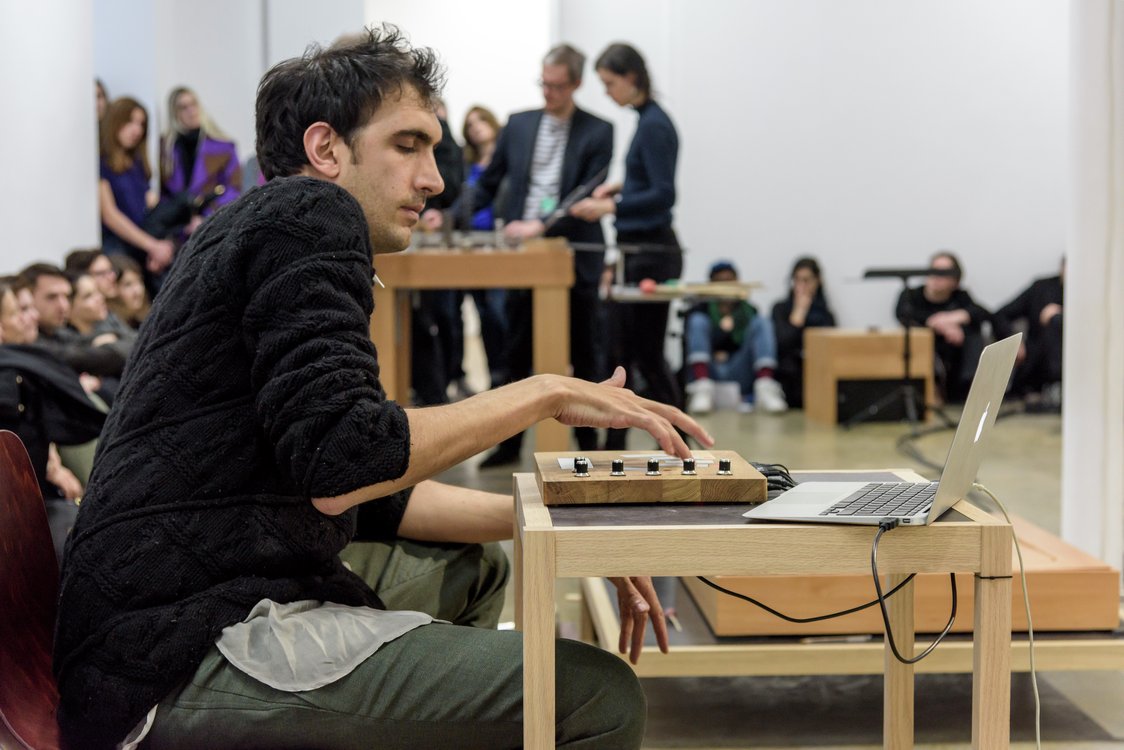The recipient of the 2022 Suzanne Deal Booth / FLAG Art Foundation Prize, Paris-based artist and composer Tarek Atoui will present a reconfigured and expanded version of The Whisperers that includes two new sculptural components and a roster of collaborators unique to this presentation, including sound artists Jad Atoui, Susie Ibarra, and Robert Aiki Aubrey Lowe. Over a two-month span, collaborators will use the exhibition as a site for experimentation and regularly interact with the installation through improvisational activations, community-based workshops, and performances.
The Whisperers began during the pandemic as a series of workshops Atoui conducted with his son’s kindergarten class in Paris. “[…]Instead of shifting my practice to the net and making it virtual,” states Atoui, “I started to think, what audiences are still available in the context of lockdown.” Working with four and five-year-old students, the artist found ways to generate collective discoveries through four exploratory questions: How can we amplify spaces by using speakers and microphones immersed in solids, liquids, and gasses? How can we create non-repetitive sounds using objects that rotate or spin? How can we use our bodies to articulate sounds through gestures and performance? How can we translate sounds into sources of motion and energy? “These sessions brought me back to the basics of my practice and made me reconsider elementary things: how I work with speakers, how I work with microphones, with rotation and turntables and records, with sound in air, sound in water, sound in metal, etc.”
A continuation of a project presented at the Tai Kwun Contemporary in Hong Kong (2021), Galerie Chantal Crousel in Paris (2021), and The Contemporary Austin (2022), The Whisperers is an open-ended and cumulative investigation of sound and the ways it shapes perception. Atoui’s practice is rooted in experimentation and collaboration, and investigates how sounds can be experienced in multisensory ways, how sounds act as a catalyst for human interaction, and how sounds can relate to and be informed by social, historical, or spatial parameters. Creating assemblages of custom-built materials he calls "tools for listening," his modules combine wood, brass, water, bronze, glass, and stone to explore each material's acoustic and conductive properties and to build sonic environments within the gallery space.
更多